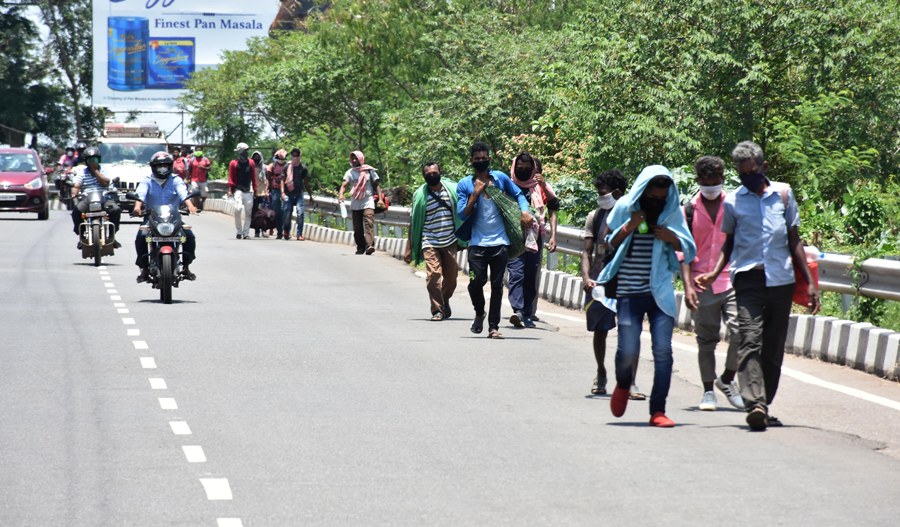Sambalpur: The living condition of migrants’ family members in western Odisha has not improved at all even as remittances sent by them is considered a pillar of economy for many households, according to a study.
A major part of the remittances have been used for household consumption only, the Centre of Excellence Regional Development and Tribal Studies of Sambalpur University has revealed in its survey.
It has been observed that there are households that invested the remittances on education, children, purchase or lease of land and also healthcare, said professor Arun Kumar Acharya, the nodal officer of the centre.
However, since the investments are marginal, it has no positive effect on overall household development, Acharya said.
Interviews of as many 394 households were conducted by home visit during the survey in seven districts — Bargarh, Sambalpur, Balangir, Jharsuguda, Sundargarh, Subarnapur and Deogarh.
The study indicates that remittances sent by the migrants of western Odisha have not contributed much for the improvement of the household living conditions and human development, Acharya added.
The survey revealed that 58.4 per cent of migrant households had low levels of human development, 37.6 per cent had medium human development and only 4.1 per cent migrants had high human development.
As many as 87.8 per cent of those who migrated did so in search of better economic opportunity, of which 46.7 per cent migrated to Tamil Nadu, while 13.7 per cent to Andhra Pradesh.
It said 19.8 per cent of the migrants earn around Rs 10,000 per month and 58.6 per cent migrants earn around Rs 10,000-15000 per month. Very few migrants — 4.1 per cent — earn more than Rs 20,000.
Majority of migrant households (72 per cent) used remittance to meet the basic needs and consumptions, followed by medical expenses (61 per cent) and expenditure in agriculture (33.2 per cent).
The study observed that remittances sent by migrants were important aspects of the household economy and 90 per cent of the migrants remitted money to their family.
It revealed that 36.1 per cent of the households received more than Rs 10,000 since their family member migrated, while 33.5 per cent Rs 5,000-10,000.
PTI
